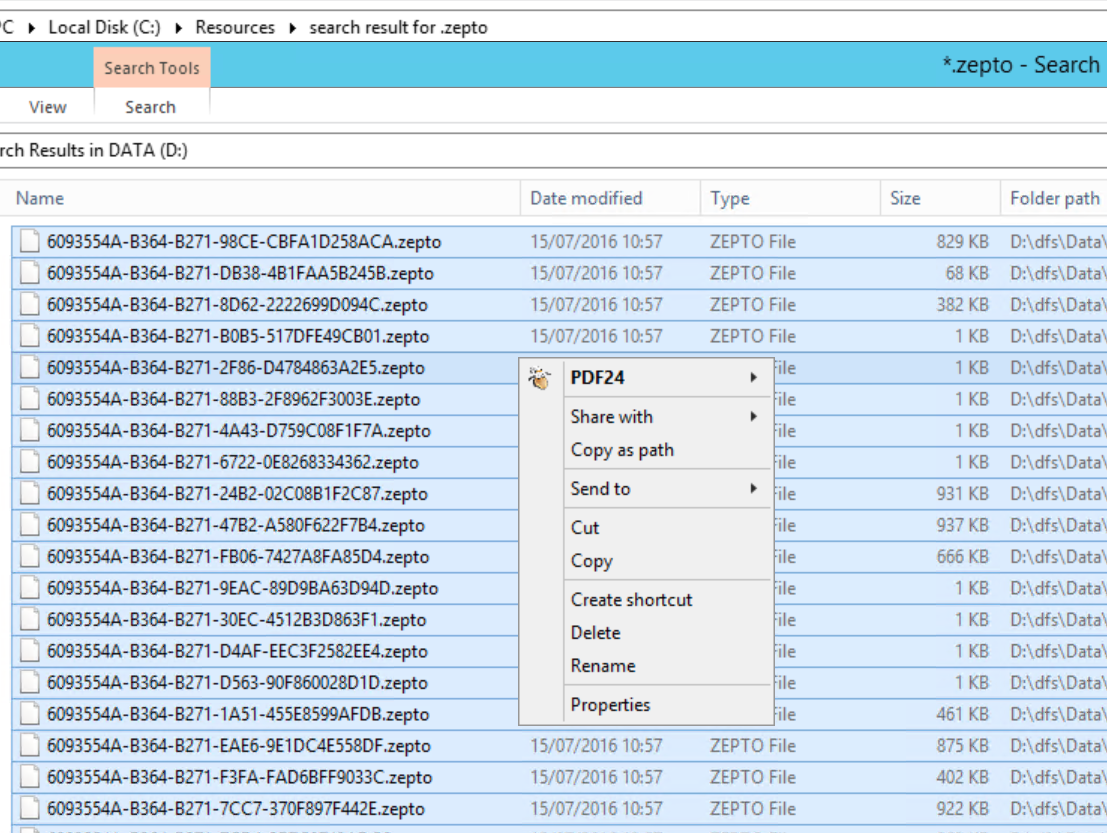| Subnet |
Addresses |
Amount of a /64 |
| /128 |
1 |
|
| /127 |
2 |
|
| /126 |
4 |
|
| /125 |
8 |
|
| /124 |
16 |
|
| /123 |
32 |
|
| /122 |
64 |
|
| /121 |
128 |
|
| /120 |
256 |
|
| /119 |
512 |
|
| /118 |
1,024 |
|
| /117 |
2,048 |
|
| /116 |
4,096 |
|
| /115 |
8,192 |
|
| /114 |
16,384 |
|
| /113 |
32,768 |
|
| /112 |
65,536 |
|
| /111 |
131,072 |
|
| /110 |
262,144 |
|
| /109 |
524,288 |
|
| /108 |
1,048,576 |
|
| /107 |
2,097,152 |
|
| /106 |
4,194,304 |
|
| /105 |
8,388,608 |
|
| /104 |
16,777,216 |
This is equivalent to an IPv4 Internet or IPv4 /8 |
| /103 |
33,554,432 |
|
| /102 |
67,108,864 |
|
| /101 |
134,217,728 |
|
| /100 |
268,435,456 |
|
| /99 |
536,870,912 |
|
| /98 |
1,073,741,824 |
|
| /97 |
2,147,483,648 |
|
| /96 |
4,294,967,296 |
|
| /95 |
8,589,934,592 |
|
| /94 |
17,179,869,184 |
|
| /93 |
34,359,738,368 |
|
| /92 |
68,719,476,736 |
|
| /91 |
137,438,953,472 |
|
| /90 |
274,877,906,944 |
|
| /89 |
549,755,813,888 |
|
| /88 |
1,099,511,627,776 |
|
| /87 |
2,199,023,255,552 |
1/8,388,608 |
| /86 |
4,398,046,511,104 |
1/4,194,304 |
| /85 |
8,796,093,022,208 |
1/2,097,152 |
| /84 |
17,592,186,044,416 |
1/1,048,576 |
| /83 |
35,184,372,088,832 |
1/524,288 |
| /82 |
70,368,744,177,664 |
1/262,144 |
| /81 |
140,737,488,355,328 |
1/131,072 |
| /80 |
281,474,976,710,656 |
1/65,536 |
| /79 |
562,949,953,421,312 |
1/32,768 |
| /78 |
1,125,899,906,842,620 |
1/16,384 |
| /77 |
2,251,799,813,685,240 |
1/8,192 |
| /76 |
4,503,599,627,370,490 |
1/4,096 |
| /75 |
9,007,199,254,740,990 |
1/2,048 |
| /74 |
18,014,398,509,481,900 |
1/1,024 |
| /73 |
36,028,797,018,963,900 |
1/512 |
| /72 |
72,057,594,037,927,900 |
1/256 |
| /71 |
144,115,188,075,855,000 |
1/128 |
| /70 |
288,230,376,151,711,000 |
1/64 |
| /69 |
576,460,752,303,423,000 |
1/32 |
| /68 |
1,152,921,504,606,840,000 |
1/16 |
| /67 |
2,305,843,009,213,690,000 |
1/8 |
| /66 |
4,611,686,018,427,380,000 |
1/4 |
| /65 |
9,223,372,036,854,770,000 |
1/2 |
| /64 |
18,446,744,073,709,500,000 |
This is the standard end user allocation |
| /63 |
36,893,488,147,419,100,000 |
2 |
| /62 |
73,786,976,294,838,200,000 |
4 |
| /61 |
147,573,952,589,676,000,000 |
8 |
| /60 |
295,147,905,179,352,000,000 |
16 |
| /59 |
590,295,810,358,705,000,000 |
32 |
| /58 |
1,180,591,620,717,410,000,000 |
64 |
| /57 |
2,361,183,241,434,820,000,000 |
128 |
| /56 |
4,722,366,482,869,640,000,000 |
256 |
| /55 |
9,444,732,965,739,290,000,000 |
512 |
| /54 |
18,889,465,931,478,500,000,000 |
1,024 |
| /53 |
37,778,931,862,957,100,000,000 |
2,048 |
| /52 |
75,557,863,725,914,300,000,000 |
4,096 |
| /51 |
151,115,727,451,828,000,000,000 |
8,192 |
| /50 |
302,231,454,903,657,000,000,000 |
16,384 |
| /49 |
604,462,909,807,314,000,000,000 |
32,768 |
| /48 |
1,208,925,819,614,620,000,000,000 |
65,536 This is the standard business allocation |
| /47 |
2,417,851,639,229,250,000,000,000 |
131,072 |
| /46 |
4,835,703,278,458,510,000,000,000 |
262,144 |
| /45 |
9,671,406,556,917,030,000,000,000 |
524,288 |
| /44 |
19,342,813,113,834,000,000,000,000 |
1,048,576 |
| /43 |
38,685,626,227,668,100,000,000,000 |
2,097,152 |
| /42 |
77,371,252,455,336,200,000,000,000 |
4,194,304 |
| /41 |
154,742,504,910,672,000,000,000,000 |
8,388,608 |
| /40 |
309,485,009,821,345,000,000,000,000 |
16,777,216 |
| /39 |
618,970,019,642,690,000,000,000,000 |
33,554,432 |
| /38 |
1,237,940,039,285,380,000,000,000,000 |
67,108,864 |
| /37 |
2,475,880,078,570,760,000,000,000,000 |
134,217,728 |
| /36 |
4,951,760,157,141,520,000,000,000,000 |
268,435,456 |
| /35 |
9,903,520,314,283,040,000,000,000,000 |
536,870,912 |
| /34 |
19,807,040,628,566,000,000,000,000,000 |
1,073,741,824 |
| /33 |
39,614,081,257,132,100,000,000,000,000 |
2,147,483,648 |
| /32 |
79,228,162,514,264,300,000,000,000,000 |
4,294,967,296 This is the standard ISP Allocation |
| /31 |
158,456,325,028,528,000,000,000,000,000 |
8,589,934,592 |
| /30 |
316,912,650,057,057,000,000,000,000,000 |
17,179,869,184 |
| /29 |
633,825,300,114,114,000,000,000,000,000 |
34,359,738,368 |
| /28 |
1,267,650,600,228,220,000,000,000,000,000 |
68,719,476,736 |
| /27 |
2,535,301,200,456,450,000,000,000,000,000 |
|
| /26 |
5,070,602,400,912,910,000,000,000,000,000 |
|
| /25 |
10,141,204,801,825,800,000,000,000,000,000 |
|
| /24 |
20,282,409,603,651,600,000,000,000,000,000 |
|
| /23 |
40,564,819,207,303,300,000,000,000,000,000 |
|
| /22 |
81,129,638,414,606,600,000,000,000,000,000 |
|
| /21 |
162,259,276,829,213,000,000,000,000,000,000 |
|
| /20 |
324,518,553,658,426,000,000,000,000,000,000 |
|
| /19 |
649,037,107,316,853,000,000,000,000,000,000 |
|
| /18 |
1,298,074,214,633,700,000,000,000,000,000,000 |
|
| /17 |
2,596,148,429,267,410,000,000,000,000,000,000 |
|
| /16 |
5,192,296,858,534,820,000,000,000,000,000,000 |
|
| /15 |
10,384,593,717,069,600,000,000,000,000,000,000 |
|
| /14 |
20,769,187,434,139,300,000,000,000,000,000,000 |
|
| /13 |
41,538,374,868,278,600,000,000,000,000,000,000 |
|
| /12 |
83,076,749,736,557,200,000,000,000,000,000,000 |
|
| /11 |
166,153,499,473,114,000,000,000,000,000,000,000 |
|
| /10 |
332,306,998,946,228,000,000,000,000,000,000,000 |
|
| /9 |
664,613,997,892,457,000,000,000,000,000,000,000 |
|
| /8 |
1,329,227,995,784,910,000,000,000,000,000,000,000 |
|







